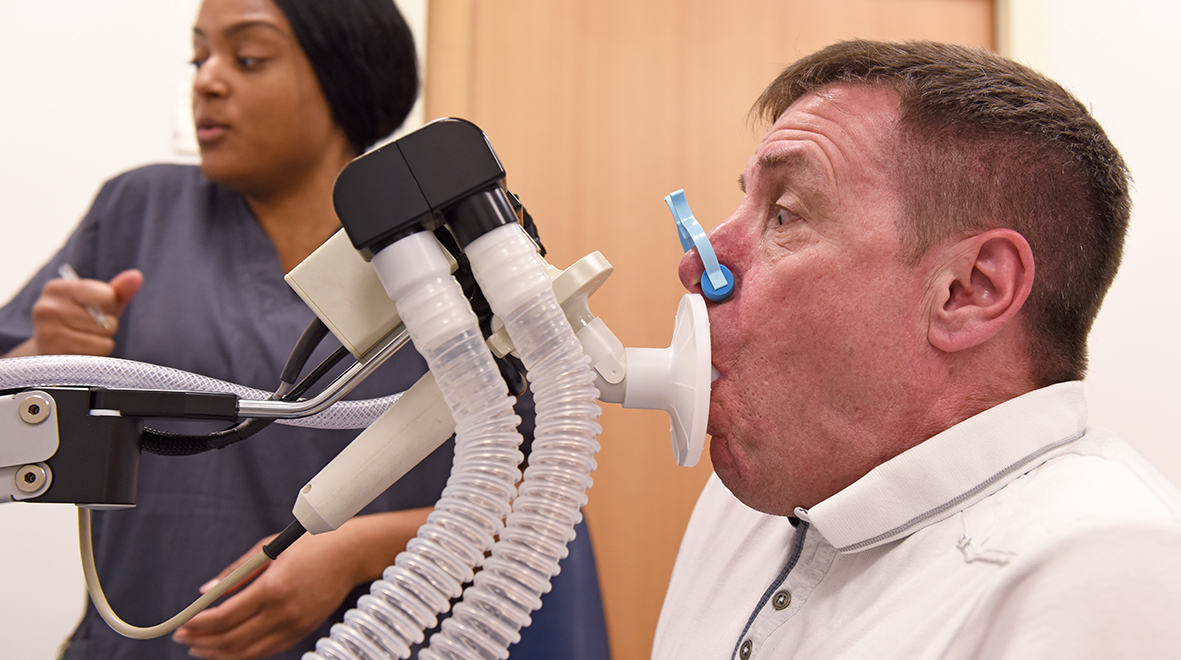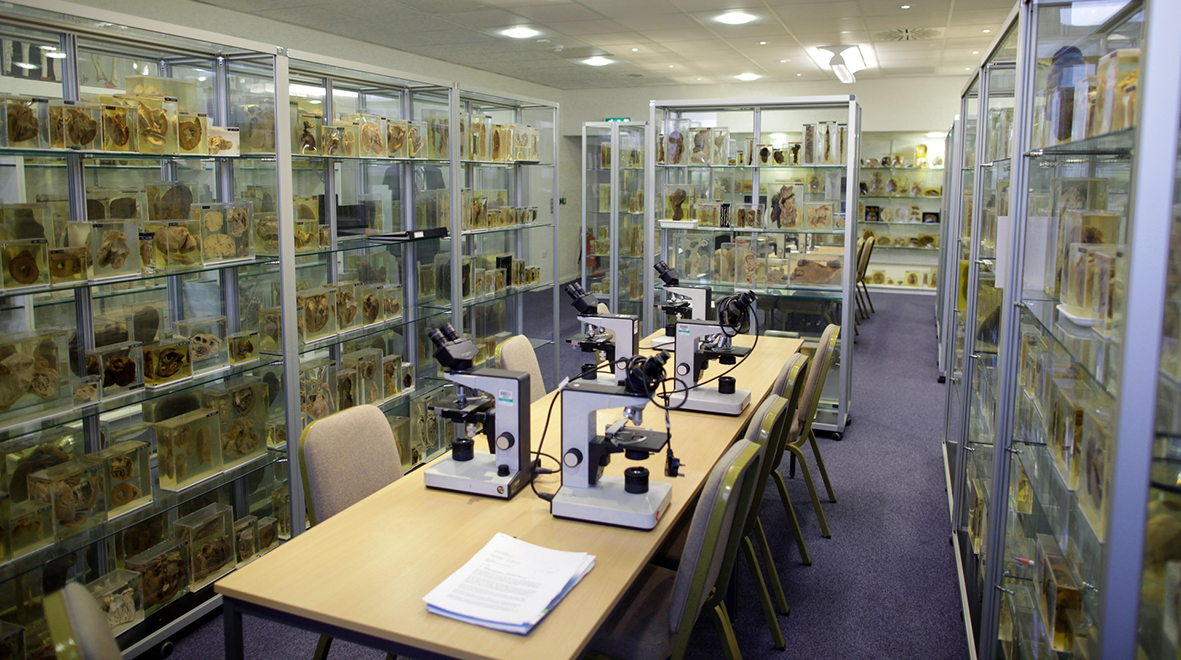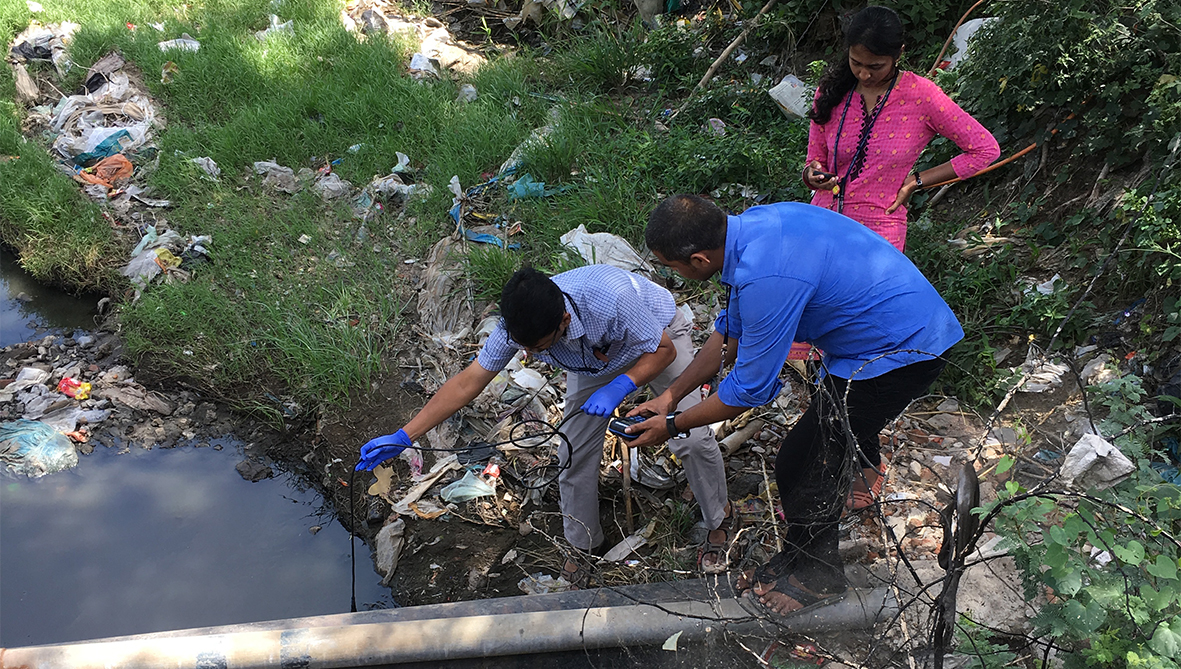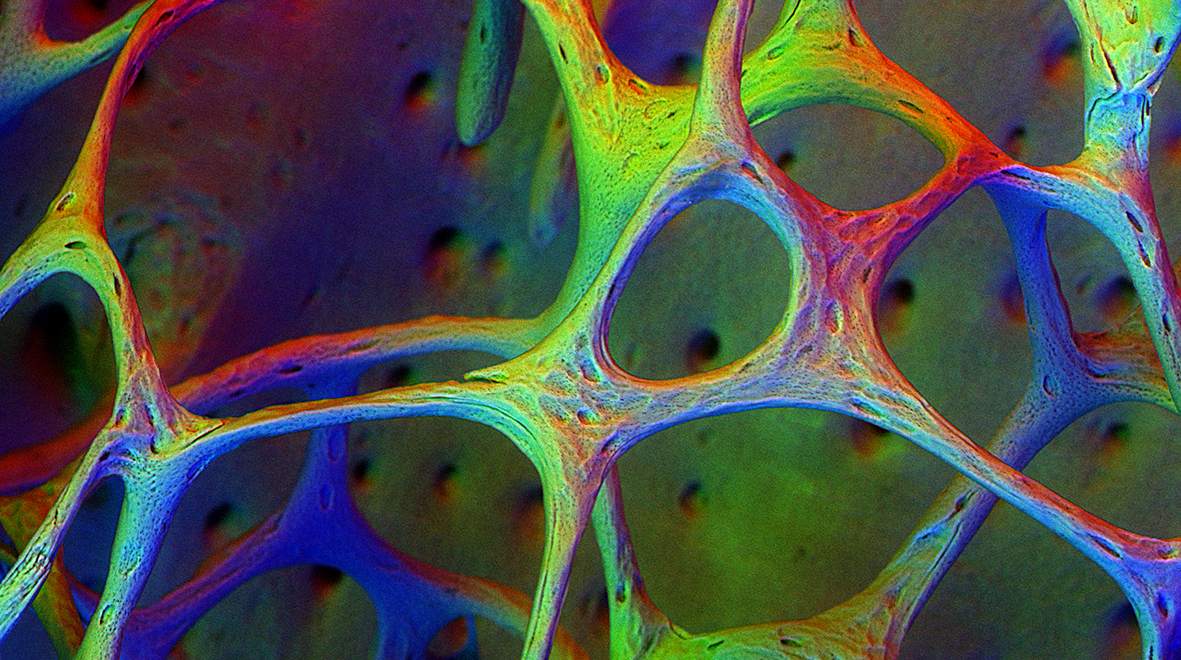Give HIV the Finger – National HIV Testing Week 2017
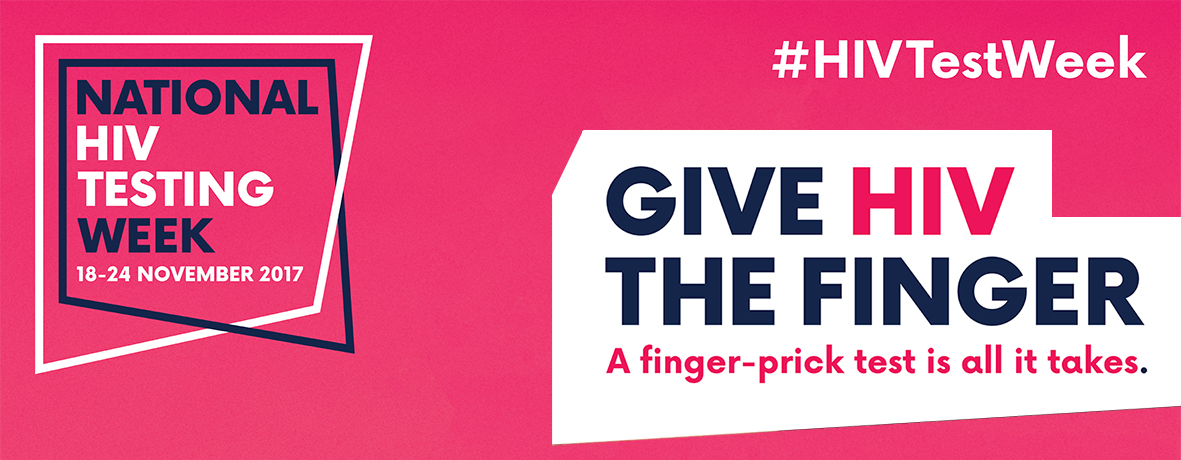
In this post, GP Dr Richard Ma, provides a lowdown on HIV testing and how increasing testing rates is the answer to ending the HIV epidemic.
It is the time of year again for HIV Testing Week!
Coordinated by HIV Prevention England (HPE) since 2012, National HIV Testing week has focused on three main aims:
- improving awareness of HIV testing, particularly among communities at high-risk
- increasing opportunities to take the test in clinics and other community settings
- reducing the number of people diagnosed with HIV at a late stage
This year’s theme is ‘Give HIV the Finger’ – a cheeky reference to the free finger-prick test that people can receive by post, to provide a blood sample for testing without attending a clinic. (more…)
